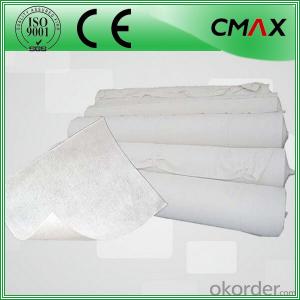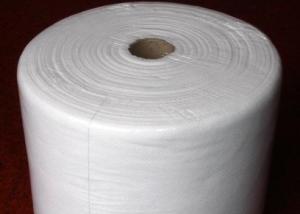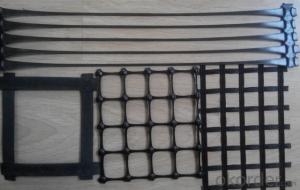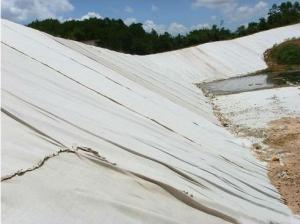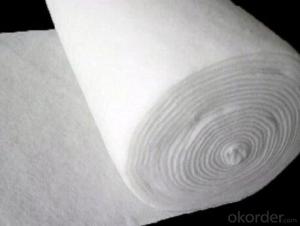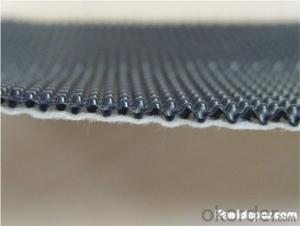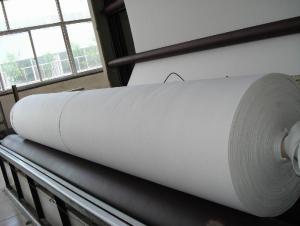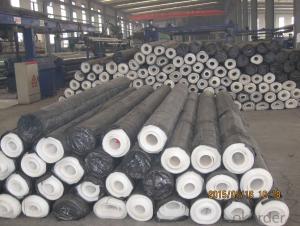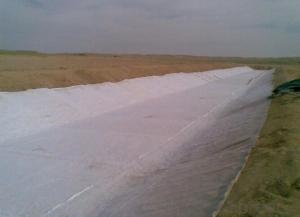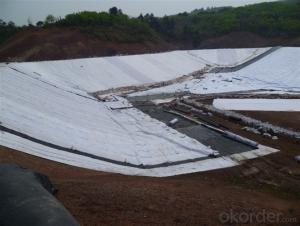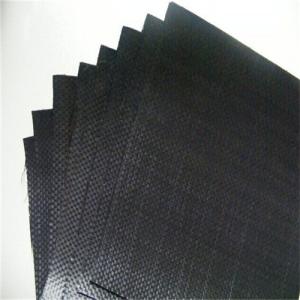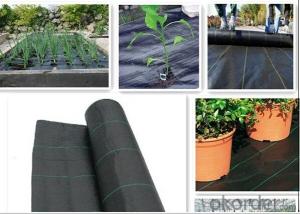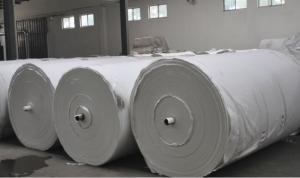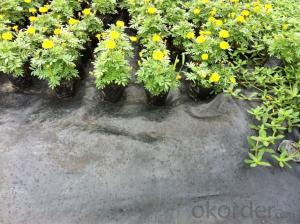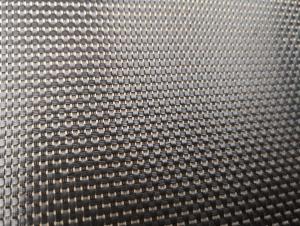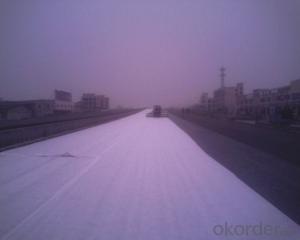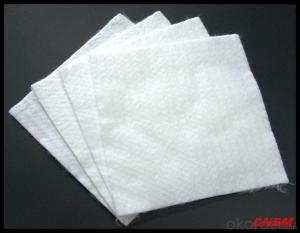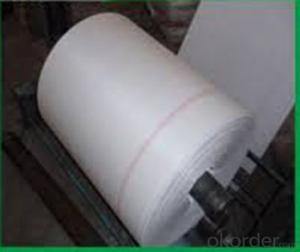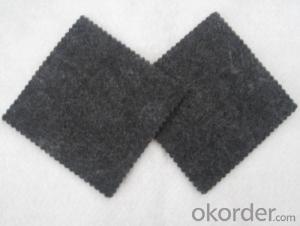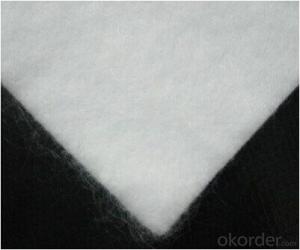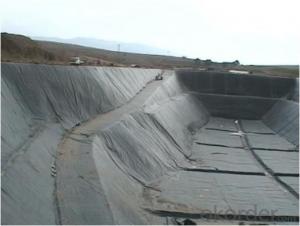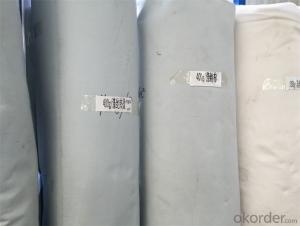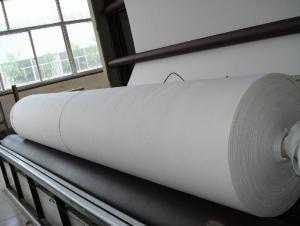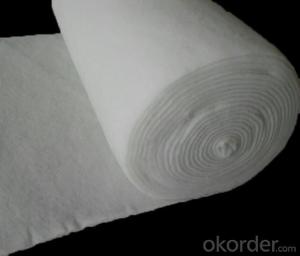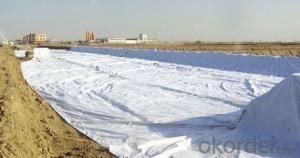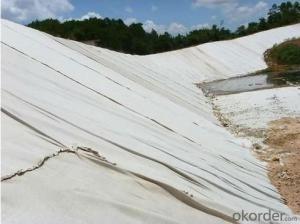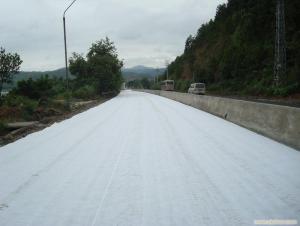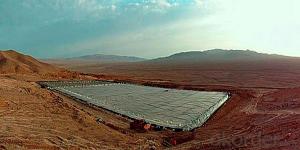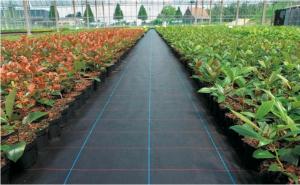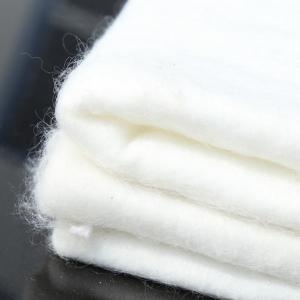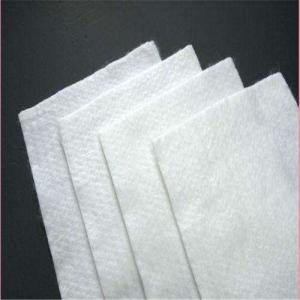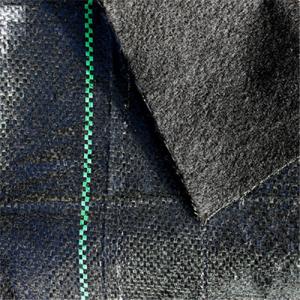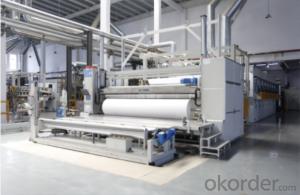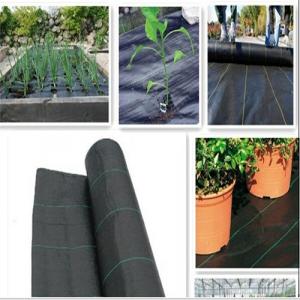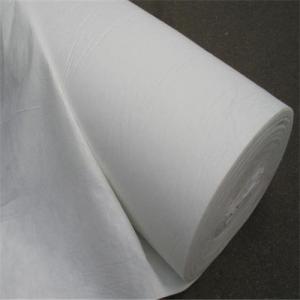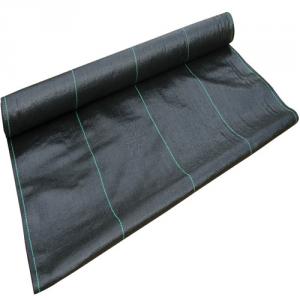Jute Geotextiles
Jute Geotextiles Related Searches
Jute Geotextile Terram Geotextile High Strength Geotextile Juta Geomembrane Geomembrane Geotextile Geotextile Mesh Geotextile Wrap Terratex Nonwoven Geotextiles Geosynthetic Fabric Geotextile And Geomembrane Amoco Geotextile Terram Geotextile Membrane Geotec Fabric Propex Nonwoven Geotextile Geotech Fabric Geosynthetic Materials Virgin Fibre Polypropylene Geotextiles Geotextile Fabric Types Nilex Nonwoven Geotextile Geotextile Woven Dan Nonwoven Composite Geomembrane Geotextile Fabric Brisbane Geomembrane Materials Geocomposite Membrane Geomembrane Fabric Geosynthetics Polyfelt Ts Nonwoven Geotextiles Geo Fabric Textured Geomembrane Bitumen GeomembraneJute Geotextiles Supplier & Manufacturer from China
Jute Geotextiles are a type of eco-friendly material made from natural jute fibers, designed for various civil engineering and environmental applications. These textiles are known for their durability, strength, and ability to enhance soil structure, making them ideal for erosion control, slope stabilization, and drainage systems. They are also commonly used in agriculture, horticulture, and construction projects to improve soil quality and prevent soil degradation.Jute Geotextiles are widely used in different scenarios, such as road construction, where they help to reinforce the soil and prevent cracks from forming. In landscaping, they can be used as a weed barrier or to improve soil aeration and water retention. Additionally, they are employed in the creation of retaining walls and other structural applications where soil reinforcement is necessary. The versatility of Jute Geotextiles makes them a popular choice for a variety of projects, from small-scale gardening to large-scale civil engineering works.
Okorder.com is a reputable wholesale supplier of Jute Geotextiles, offering a vast inventory to cater to the needs of various industries. With a commitment to quality and customer satisfaction, Okorder.com ensures that their products meet the highest standards. Their extensive range of Jute Geotextiles is available for purchase at competitive prices, making them an attractive option for businesses and individuals alike who require these materials for their projects.
Hot Products
